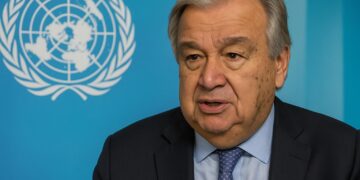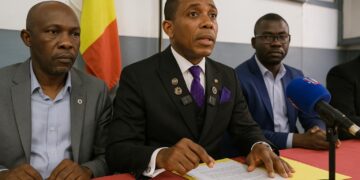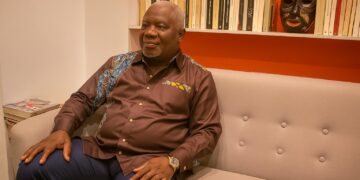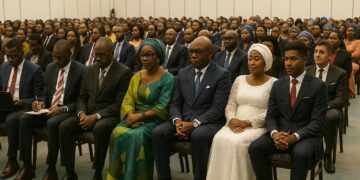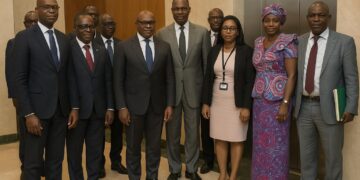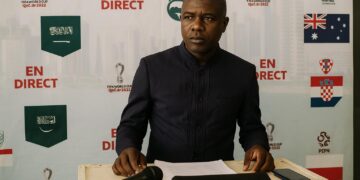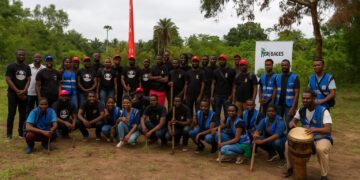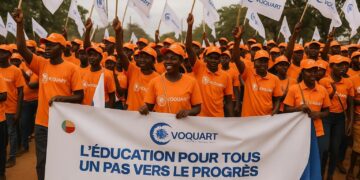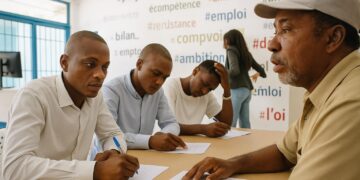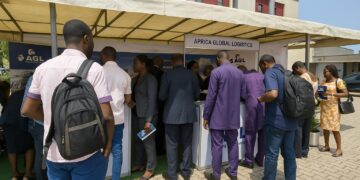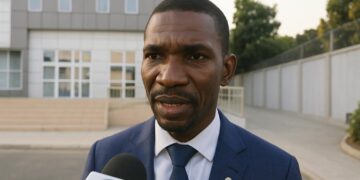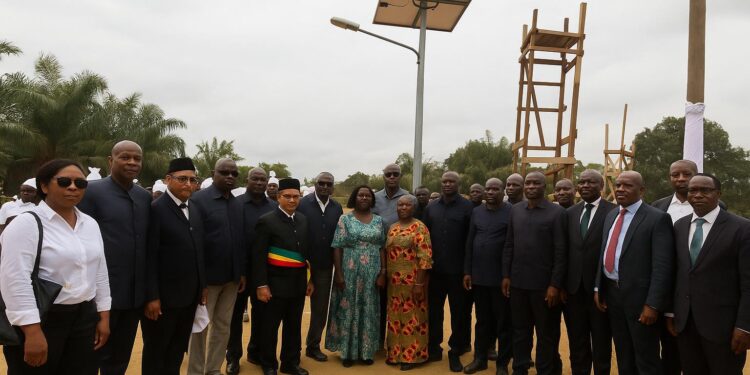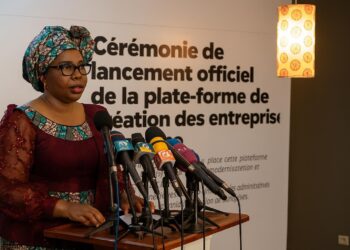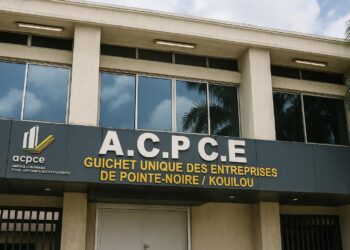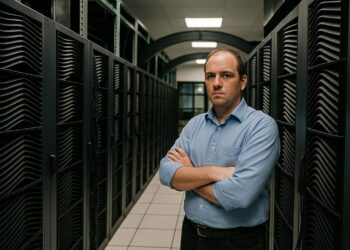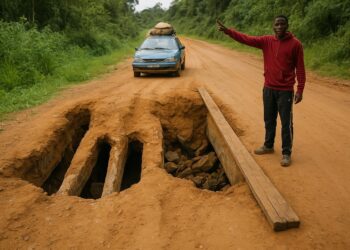Universal Service Push Reaches Kouilou
When prefect Paul Adam Dibouilou cut the ribbon in Yanga, 49 kilometres from Pointe-Noire, he described “a gateway that opens Kouilou to the world.” The ceremony, marked by traditional dances, signalled the first operational site funded by Congo’s Universal Electronic Communications Service Access Fund, known as Fasuce.
Created in 2021, Fasuce channels a small levy on telecom revenues into rural coverage projects. Similar funds operate across Africa, but implementation varies. In Congo-Brazzaville, the regulator ARPCE steers the process, and observers from the International Telecommunication Union note the scheme is gaining traction (ITU, 2023).
Technical Design of the Yanga Site
ARPCE director-general Louis-Marc Sakala explained that the installation integrates radio access, power and backhaul in a single compact shelter. Solar-hybrid energy feeds a 4G eNodeB, while microwave links tie the village to MTN Congo’s fibre at Madingou-Kayes.
According to vendor data consulted by the African Digital Infrastructure Association, this “all-in-one” architecture trims deployment time by 40 % and cuts operating costs, a feature critical for low-income zones where average revenue per user remains below six dollars per month.
Connecting Classrooms and Clinics
Local schools are the first beneficiaries. Fibre-Wi-Fi extensions will tie Lycée Pointe-Noire 2 and Collège Mâ Loango into the Research and Education Network for West and Central Africa. Teachers anticipate access to open science repositories and virtual laboratories that previously required costly trips to the coastal city.
Health workers at the Integrated Health Centre also plan to pilot tele-expertise sessions with specialists in Brazzaville. “Digital links can shorten diagnostic times for maternal emergencies,” noted Dr. Irène Ngoma, citing a 2022 UNICEF report that associates broadband access with lower rural mortality.
Catalysing Rural Entrepreneurship
Beyond public services, internet access reshapes local commerce. Kouilou’s cassava and palm-oil cooperatives often negotiate prices by phone; broadband now allows real-time market dashboards and mobile money reconciliation. The World Bank’s recent study on Congo’s agricultural corridors projects a 15 % income boost when digital logistics apps are adopted.
Young entrepreneurs are equally optimistic. Emmanuel Matondo, who repairs motorcycles, intends to launch an online spare-parts catalog. “I can now order from Pointe-Noire without closing my workshop for two days,” he said, highlighting one of Fasuce’s intended spill-overs into micro-enterprise efficiency.
Alignment with Congo’s Digital Strategy 2025
The National Development Plan 2022-2026 targets 90 % population coverage of at least 3G by 2025. Minister of Posts and Telecommunications Léon Juste Ibombo recently called universal access “a pillar for diversifying the economy away from oil” (Ministry communiqué, July 2023).
Yanga’s activation demonstrates progress toward those metrics. ARPCE data show rural coverage climbed from 62 % to 70 % in eighteen months, while the average download speed rose to 13 Mbps. Analysts at Fitch Solutions foresee sustained capex as operators anticipate tax incentives tied to rural rollout.
Public–Private Synergy with MTN Congo
MTN Congo, which controls 53 % of the mobile data market, provided network equipment and will operate the site under a service-level agreement. Fasuce subsidises capital expenditure, and operating costs are shared on a declining scale over five years.
This model echoes similar projects in Ghana and Rwanda, where operators maintain ownership upside while the state guarantees minimum revenue. In Congo’s context, the arrangement mitigates balance-sheet pressure following the 2020-2021 pandemic downturn that weighed on telecom earnings.
Safeguarding Community Assets
During the ceremony, Fasuce committee president Luc Missidimbazi urged residents to protect the tower from vandalism. He recalled incidents in Pool and Sangha where copper theft disrupted signals for weeks. “Ownership by citizens is the best security system,” he stated.
Local youth associations have volunteered to organise night patrols, and a memorandum with the gendarmerie formalises rapid intervention protocols. Insurance policies backed by Congo Assurance cover force-majeure losses, but prevention remains cheaper than recurring repairs.
Looking Ahead: Scaling the Model
Eight additional Fasuce sites are scheduled before year-end, targeting Lekoumou, Cuvette-Ouest and Likouala. A multiyear map pairs coverage gaps with socio-economic indicators to maximise developmental return on investment.
Donors such as the African Development Bank have expressed interest in co-financing fibre spurs once initial adoption thresholds are met. For Kouilou, the next milestone involves connecting coastal fishing camps, potentially enabling e-certification of catches required by European importers.
A Quiet but Significant Leap
The Yanga antenna may appear modest, but its ripple effects could redefine how rural Congolese learn, trade and heal. As prefect Dibouilou concluded, “Technology is not only for big cities; it is a right for every village.” The applause that followed suggested the audience agreed.
If execution remains consistent and communities stay engaged, Kouilou’s digital leap could serve as a reference for other departments seeking inclusive connectivity without compromising fiscal stability. In that sense, the Fasuce model is more than infrastructure—it is a governance experiment in equitable modernization.




